How To Turn Off ABS Light? Know Everything That You Need To Know
The ABS or anti-lock brake system light generally turns on upon monitoring any abnormality in the vehicle brake system. As the braking system is a sensitive issue for safe driving, you need to take steps to solve this issue shortly.
But how to turn off the ABS light? You can turn off the light by resetting the light, refilling the brake fluid, and replacing the fuse. Besides, changing the anti-brake system module and sensor can also solve the flashing of this warning light.
Throughout this article, we will enlighten you about the causes and solutions of this illuminating warning light. You will also know whether it’s safe to drive with this light on or not. Hence, keep reading.
How To Turn Off ABS Light?
Generally, flashing the ABS light while starting the car is normal. Because when you start the car, before starting the ABS functions, examine the entire brake system first. Thus, the light will go on after a few seconds.
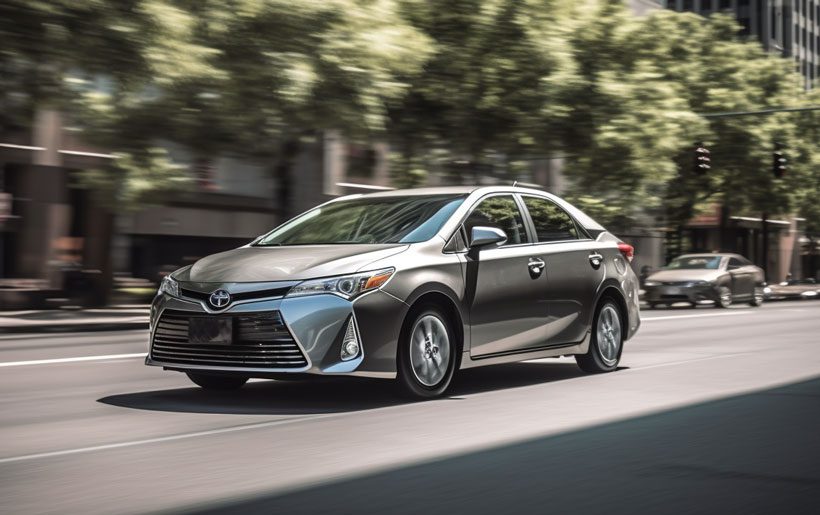
Yet, it’s abnormal when the light starts flashing while you are driving the car. We will provide you with some ways to turn off the light, like:
Resetting The ABS Light
It’s one of the most straightforward solutions to turn off the light. The resetting method may vary depending on the car model. In some cars, the manufacturers provide some specific method; you must check the user manual.
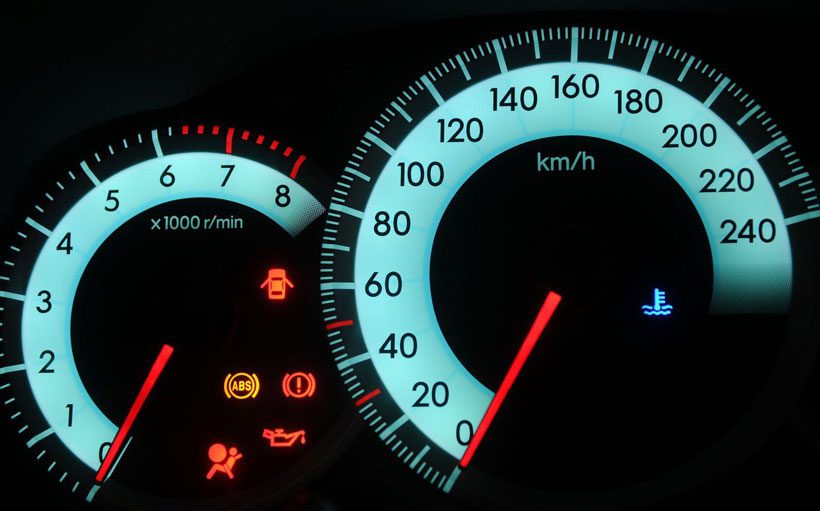
If there are no specific rules for your car model, then follow these steps:
- Step 1: First, turn off the engine and allow it to cool before you jump into the resetting process. Then, open the car’s bonnet.
- Step 2: You must find the battery and detach the connection of the battery’s positive terminal and cable with the socket wrench.
- Step 3: Hold up for 15-30 minutes to give the ECU enough time to reset.
- Step 4: Next, reconnect the cable with the positive terminal of the battery and then close the bonnet.
Refilling Brake Fluid
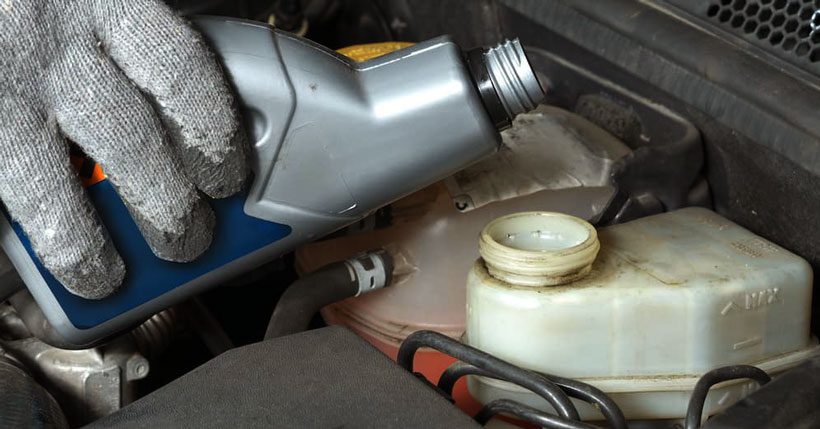
To refill the brake fluid reservoir, you need to follow these steps:
- Step 1: Let the engine cool down before you open the car bonnet.
- Step 2: Opening the bonnet, locate the brake fluid reservoir at the back of the vehicle’s engine. Generally, it’s located near the mounting of your vehicle’s brake pedals.
- Step 3: Clean the cap of the reservoir carefully so that dirt or debris can’t enter the reservoir when you open the cap.
- Step 4: Now, check the fluid level inside the reservoir. If the level is insufficient, you need to refill the reservoir.
- Step 5: Take suitable brake fluid with your car and pour it into the reservoir. Generally, for vehicles with ABS, we recommend avoiding DOT 5 and using DOT 3 brake fluid.
- Step 6: Clean excess or spilled brake fluid shortly.
- Step 7: Lastly, close the reservoir cap appropriately.
To visualize this brake fluid refilling process, check this YouTube video:
Replacing ABS Fuse
To change the blown-out ABS fuse, you need to go through these steps:
- Step 1: First, detach the cables from the battery terminals and disconnect the battery.
- Step 2: Take help from the user manual to find the fuse box location of your car.
- Step 3: You need to detect the ABS fuse among all the fuses after opening the fuse box.
- Step 4: Now, use a fuse puller to pull out the required fuse from the box.
- Step 5: Ensure you pick the identical fuse to the old one in color and amperage.
- Step 6: Now, use your finger to press down the new fuse into the appropriate position.
Changing ABS Module
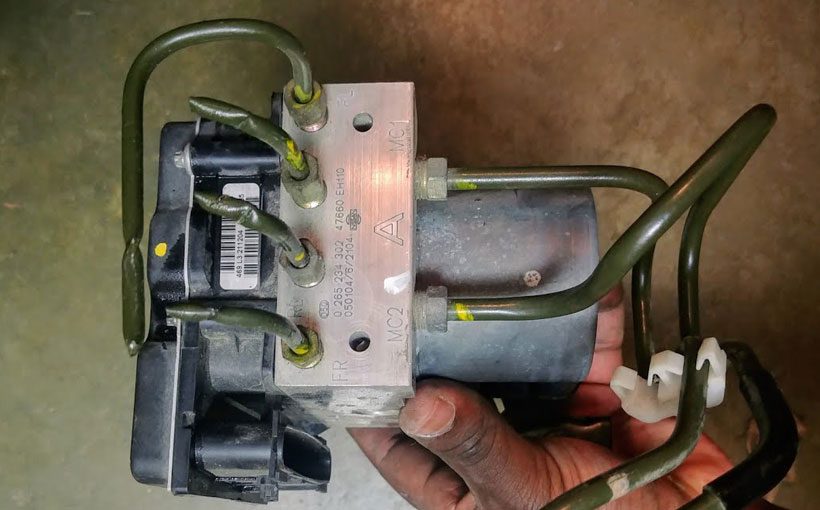
You can replace the malfunctioning and defective anti-lock brake system module of your vehicle by following these steps:
- Step 1: First, make sure the car engine is not hot. Then, find the module in the engine compartment.
- Step 2: Now, detach the cable from the battery’s negative terminal.
- Step 3: Also, pull out all the connecting wirings of the sensors and module.
- Step 4: Now, use appropriate tools to undo all the mounting bolts so that the bolts don’t get damaged while pulling out.
- Step 5: Take out the defective modules from their position.
- Step 6: Now, reinstall a new module that is identical to the old module. For this, follow the same process in a reverse sequence that you followed while removing it.
- Step 8: Lastly, reattach all bolts, harnesses, and battery cables accurately.
Cleaning Or Replacing ABS Sensor
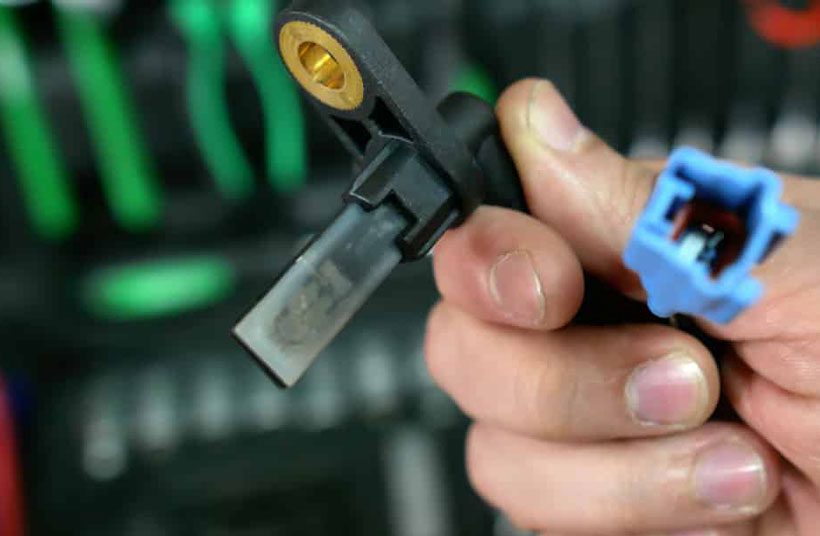
Getting codes like C0035, C0041, C0046, C0050, etc., indicates an issue with the ABS sensor. In this case, you need to clean the sensor or replace them. For these, follow these steps:
- Step 1: Lift the car using a jack before removing the tire.
- Step 2: Now, locate the sensor position and remove all the bolts, clips, and wirings that join the sensor with the hub.
- Step 3: Then, you can take out the sensor and clean it using compressed air. We don’t recommend using any cleaning product or water.
- Step 4: After removing dirt and debris from its surface, reinstall the sensor in its position. If you want to replace the old sensor, you can install the new sensor instead of cleaning the old one.
- Step 5: Reattach all the mounting bolts, clips, and wirings connected to the sensor.
- Step 6: Reinstall the wheel and snug it appropriately.
- Step 7: Now repeat the same process for cleaning or replacing the sensor of the other three wheels.
Causes Of ABS Light Turning On
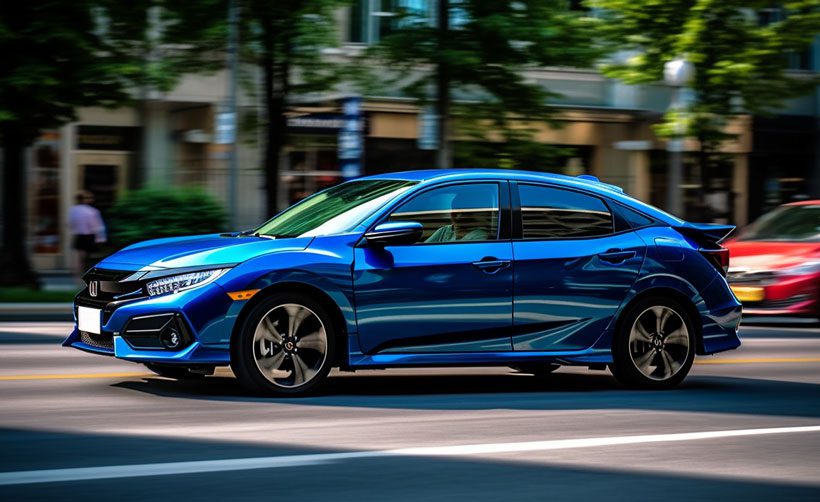
The ABS or anti-lock brake system keeps monitoring the vehicle’s rotation speed of wheels. First, the wheel speed sensors read the speed and transmit a signal to the vehicle’s computer unit.
Then, the computer unit checks the synchronization between the signals with the brake legal alignments. If the computer unit detects any desynchronization due to underlying causes, it will trigger the ABS light.
To address this anti-lock braking system light issue, you must know its underlying causes. Here are some most common reasons behind this:
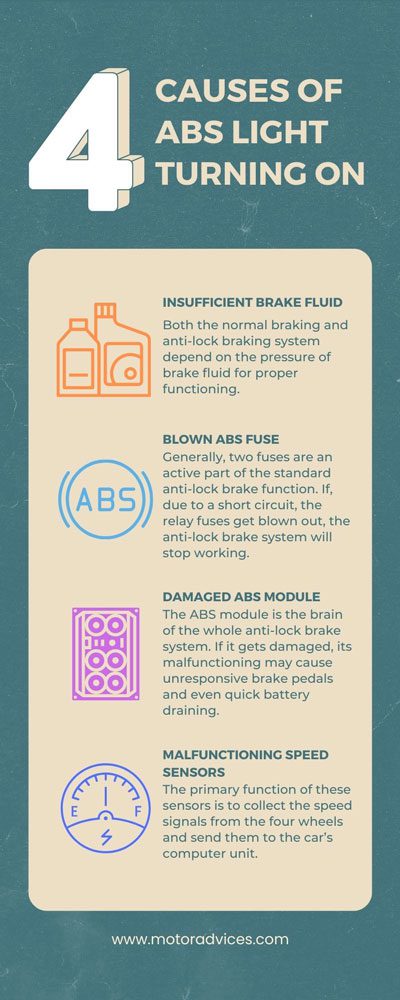
Insufficient Brake Fluid
Both the normal braking and anti-lock braking system depend on the pressure of brake fluid for proper functioning. Excessive air on the system or low fluid levels can hamper these systems’ function.
This will result in turning on the ABS light. Alongside the light, the brake pedal may also feel spongy and unresponsive to you.
Blown ABS Fuse
Generally, two fuses are an active part of the standard anti-lock brake function. If, due to a short circuit, the relay fuses get blown out, the anti-lock brake system will stop working. As a result, the warning light will also start flashing.
Damaged ABS Module
The ABS module is the brain of the whole anti-lock brake system. If it gets damaged, its malfunctioning may cause unresponsive brake pedals and even quick battery draining.
Due to this damaged module, it won’t get the appropriate signals from the speed sensors. As a result, due to this failure of the anti-lock brake system, the light will start illuminating.
Malfunctioning Speed Sensors
The primary function of these sensors is to collect the speed signals from the four wheels and send them to the car’s computer unit. If dirt or debris accumulates on the sensors or the sensor gets damaged, they will fail to function correctly. In this case, the traction light will also get triggered alongside the flashing ABS light.
Can You Drive Your Car with ABS Light On?
Yes. You can drive your car with the light on, but you shouldn’t drive a long distance. Generally, for driving short distances, this light may not affect your driving much. Still, there is always the risk of cars skidding on slippery or icy roads.

Also, your car’s regular braking system will still function even if the ABS light is on. The major problem will occur when you need to brake hard in any emergency.
In this case, your car’s normal brake may get locked up. Besides, without the function of ABS, the braking distance will also lengthen and may increase the risk of accidents.
But you must be careful if the brake warning light and the ABS light keep flashing together. In this case, you must have to address this issue shortly.
We don’t recommend you to keep driving in this situation, but you can drive a short distance by significantly lowering your car’s speed.
If you’re looking for information on how to turn off or reset the ABS light in your car, you might find our articles on BMW 328i ABS light on and whether the ABS light will come on if brakes are worn helpful. Our article on BMW 328i ABS light on provides detailed instructions on how to address this specific issue in BMW 328i models. Meanwhile, our article on whether the ABS light will come on if brakes are worn explains the relationship between brake wear and the activation of the ABS light. By understanding these factors, you can better diagnose and address ABS-related concerns in your vehicle.FAQs
In this FAQs section, we will answer a few most common questions about the ABS Light.
Yes, when the pressure in any tire is low, it may affect the car’s axle speed. As a result, the disbalance in the axles’ speeds may trigger the ABS light to come on.
It will range between $300-$1200 depending on the year model of your vehicle and the vehicle parts brands. The labor cost will also vary around $70-$130, which you can save by replacing the module.
Though you can turn off the light temporarily, we recommend not doing so. Because doing so won’t solve the underlying issue and may cause severe accidents due to braking failure while driving.
Conclusion
The proper functioning of the brake system depends on both regular and anti-lock brake systems. Typically, the ABS light will flash when the anti-lock brake system fails. Though you can drive with the light on, there is a high risk of accidents in difficult braking situations.
We already mentioned how to turn off the ABS light. For this, you can reset the light settings or refill the brake fluid to turn it off. Also, replacing the defective anti-lock brake system speed sensor, module, and fuse can solve the issue.

